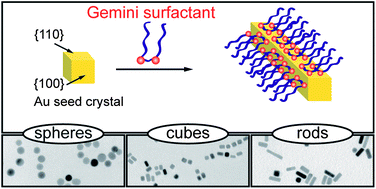Modeling colloidal nanoparticles: From growth to deposition
J. Löfgren
Doctoral Thesis
(2019)
url: https://research.chalmers.se/publication/512238
Download PDF
In recent decades metal nanoparticles (NPs) have been the subject of intense research. The interest stems from the NPs physicochemical properties that can be conveniently tuned through, e.g., their size, shape or composition. A good example is the selective absorption of electromagnetic radiation exhibited by gold nanorods, which is leveraged for applications in sensing and medicine. In order to realize the full potential of technologies reliant on NPs and ensure fitness for commercial use, facile fabrication methods that allow for a high degree of shape and size control are required. For this purpose, wet-chemistry-based syntheses in which colloidal NPs self-assemble into a targeted morphology have emerged as promising candidates. Development and refinement of synthesis protocols is, however, hampered by a lack of theoretical understanding of the complex chemical environment in NP solutions. As a result, experimental workers are often left to rely on intuition. This applies not only to the growth process itself, but also later down the processing chain, e.g., during NP deposition.
This thesis aims to address two problem areas relating to NP growth and deposition where current models need improvement. The first such area concerns the description of ionic and molecular adsorption on the surface of metal NPs. We show how combining thermodynamic modeling, density functional theory and experimental data can lead to more realistic NP shape predictions. A closely related subject is the growth mechanism of anisotropic gold nanorods, which has been a subject of debate for almost the three decades. Here, we consider possible avenues through which shape anisotropy can arise using insight from molecular dynamics simulations. The second problem area is the description of forces between NPs and nearby surfaces, which is relevant, e.g, for applications reliant on NP deposition. A model based on Derjaguin-Landau-Verwey-Overbeek theory is developed that describes how the shape and composition of a surface affects particle deposition.



